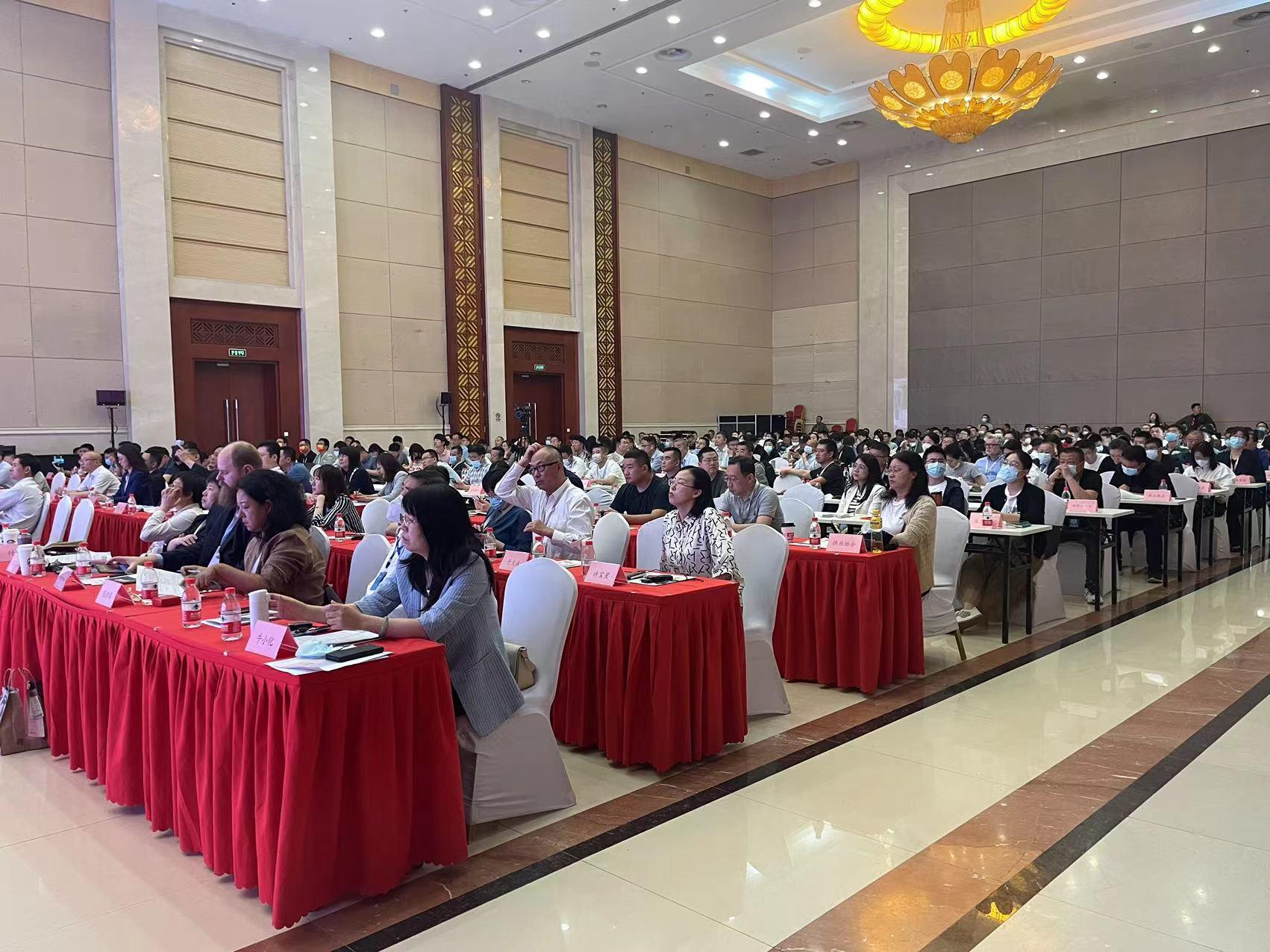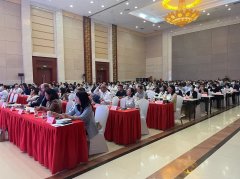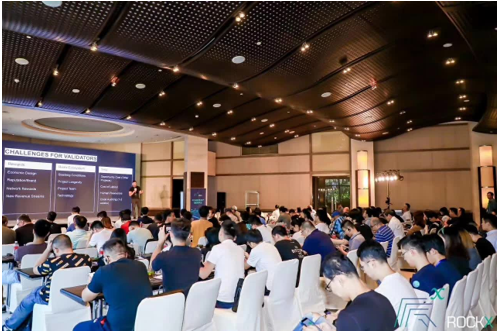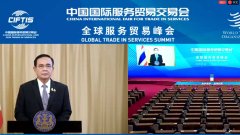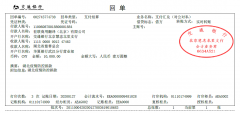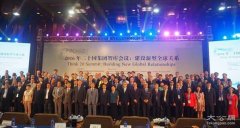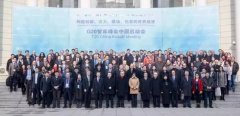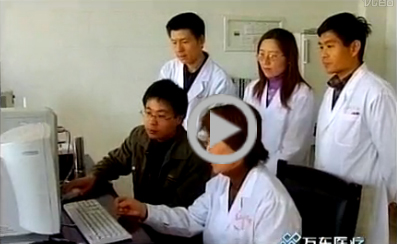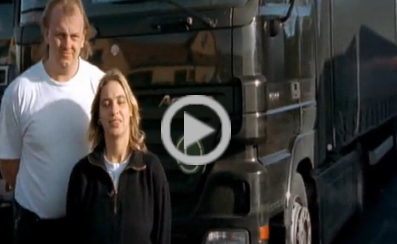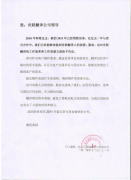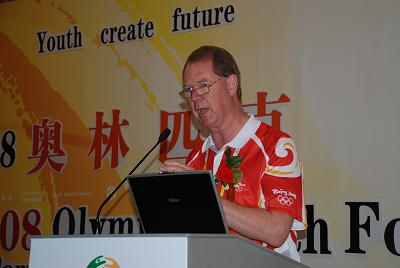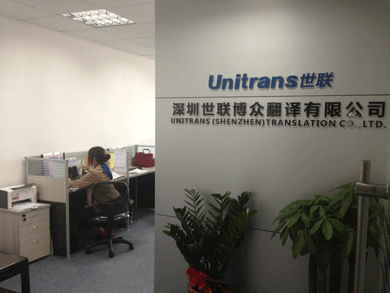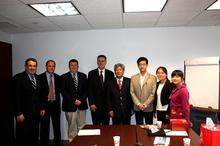俄语翻译的方法有哪些
时间:2022-01-05 17:40 来源:未知 作者:youhuayuan 点击:次
俄语翻译也同其他文体的翻译一样,在语法结构、运用规则、表达习惯以及修辞特点等方面都存在着许多差别,下面世联翻译公司为大家分享俄语翻译的方法有哪些? Like the translation of other styles, Russian translation has many differences in grammatical structure, application rules, expression habits and rhetorical characteristics. What are the methods of Russian translation? 1.词类转换译法1. Part of speech translation俄汉这两种语言,在词汇的构成和造句的习惯上,存在着比较大的差异。如果机械地按照原文的词类来进行俄语翻译,会使译文不伦不类,这时就可以采用词类转换译法。所谓词类转换译法,就是用概念相同而类别不同的汉语译词来翻译原词。词类转换译法在翻译理论上已被公认为一种通用的、重要的翻译技巧。 There are great differences between Russian and Chinese in vocabulary composition and sentence making habits. If the Russian translation is carried out mechanically according to the parts of speech of the original text, it will make the translation nondescript. At this time, the part of speech conversion translation method can be adopted. The so-called part of speech translation method is to use Chinese translated words with the same concept but different categories to translate the original words. Part of speech translation has been recognized as a general and important translation skill in translation theory. 2.代换译法2. Substitution translation俄汉语言的构造、表达习惯和修辞特点不同。在表达同一内容时,两种语言可能用不同的语言手段。所谓代换译法,就是指在进行俄语翻译时可采用一些与原文不同的语言手段,去代换原文中不能硬译的语言形式,以求明确通顺地表达原文的意义。需要注意的是,代换只是语言形式的交换,而不是内容的随意改变。 The structure, expression habits and rhetorical characteristics of Russian and Chinese languages are different. When expressing the same content, two languages may use different language means. The so-called substitution translation method means that in Russian translation, some language means different from the original text can be used to replace the language forms that cannot be hard translated in the original text, so as to express the meaning of the original text clearly and smoothly. It should be noted that substitution is only the exchange of language forms, not the random change of content. 3.加减词译法3. Translation of addition and subtraction words俄汉这两种语言词汇的含义范围、使用习惯不同,两个民族的表情达意方式也有所区别,所以翻译的目的就是力求译文与原文在意义和精神实质上对等,而不必、也不可能使译文和原文在词量上相当,这是加减词译法的基础。 The meaning range and usage habits of Russian and Chinese words are different, and the expression ways of the two nations are also different. Therefore, the purpose of translation is to strive for the equivalence between the translation and the original in meaning and spirit, without and impossible to make the translation and the original equivalent in word quantity, which is the basis of addition and subtraction word translation. (1)加词译法。所谓加词,就是在进行俄语翻译时根据具体情况,增加一些原文中无其形而有其意的词,以便准确表达原意,使译文文理通顺,符合汉语的行文规范和表达习惯。加词译法有很多种,例如缓和加词、限制加词、补充加词、过渡加词等。 (1) Additive translation. The so-called addition of words is to add some words without form but with meaning in the original text according to the specific situation in Russian translation, so as to accurately express the original meaning, make the translated text smooth and in line with Chinese writing norms and expression habits. There are many ways to add words, such as mitigation, restriction, supplement, transition and so on. 必须指出,加译的词必须有根据,必须是语义、语法、修辞和逻辑等方面所必不可少的,而决不能凭空地、无缘无故地加添译词,以致画蛇添足,损害原义。 It must be pointed out that the translated words must have a basis and must be indispensable in terms of semantics, grammar, rhetoric and logic. The translated words must not be added for no reason, so as to paint the snake and damage the original meaning. (2)减词译法。所谓减词,就是视具体情况将原文中的某些可致译文拖泥带水、生硬别扭的冗词不译,以保证译文简洁明快、严谨精炼。减词译法涉及面很广,有虚词减译、实词减译、逻辑减译、修辞减译等。减词处理后的译文虽然在词量上和原文不尽一致,但句子的意义和内涵却和原文一样。 (2) Subtractive translation. The so-called word subtraction is to refuse to translate some tedious words in the original text that can cause the translation to be muddy and awkward according to the specific situation, so as to ensure that the translation is concise, concise, rigorous and refined. Word subtraction involves a wide range of translation methods, including function word subtraction, content word subtraction, logic subtraction, rhetoric subtraction and so on. Although the word quantity of the translated text after word reduction is not consistent with the original text, the meaning and connotation of the sentence are the same as the original text. 4.语序处理译法4. Word order processing and Translation俄汉两种语言的表达语序只在少数情况下才会完全相同,多数情况下是不同的。因此在俄语翻译中,要尽量按照现代汉语逻辑和语法规律,对原文词语的顺序进行变换和调整,以求准确地表达原文的意思,符合汉语表达习惯。语序处理译法包括顺序翻译、逆序翻译、综合变序、局部换位等。 The expression word order of Russian and Chinese languages is exactly the same only in a few cases, but different in most cases. Therefore, in Russian translation, we should try our best to change and adjust the order of the original words in accordance with the laws of modern Chinese logic and grammar, so as to accurately express the meaning of the original text and conform to the habit of Chinese expression. Word order processing translation methods include sequential translation, reverse translation, comprehensive order change, local transposition and so on. 5.句型转换译法5. Sentence pattern conversion translation俄汉两种语言的表达习惯也有很大差别,为使译文能够通畅地按汉语习惯表达,在进行俄语翻译时可对句子结构进行改造。句型转换译法主要有主动句和被动句的转换、否定句和肯定句的转换及无人称句和人称句的转换等。 There are also great differences in the expression habits between Russian and Chinese. In order to make the translation express smoothly according to Chinese habits, the sentence structure can be modified in Russian translation. The translation methods of sentence pattern conversion mainly include the conversion of active sentences and passive sentences, the conversion of negative sentences and affirmative sentences, and the conversion of unsupervised sentences and personal sentences. (1)主动句和被动句的转换。科技俄语翻译(特别是科技文献中)被动句用得多,而汉语被动句用得少,因此翻译时常应将被动句改为主动句,但个别情况也将主动句改为被动句。 (1) The conversion of active sentences and passive sentences. In scientific Russian translation (especially in scientific literature), passive sentences are used more, while Chinese passive sentences are used less. Therefore, passive sentences should often be changed into active sentences in translation, but active sentences can also be changed into passive sentences in some cases. (2)否定句和肯定句的转换。在实际的俄语翻译中,为了更完整地表达出原文的内容或为了照顾汉语的表达习惯,常常需要对俄语的肯定/否定结构进行正反处理,以求译文严谨准确。 (2) The conversion of negative sentences and affirmative sentences. In the actual Russian translation, in order to more completely express the content of the original text or take care of the expression habits of Chinese, it is often necessary to deal with the positive / negative structure of Russian in order to make the translation rigorous and accurate. 3)无人称句和人称句的转换。 无人称句是一种没有主语、也不可能有主语的不完全句,句中结构只有一个主要成分—谓语,但谓语的形式表示不出人称的意义,因此在俄语翻译过程中,为了符合汉语的表达逻辑和习惯,常将俄语的某些无人称句译成人称句。 3) The conversion of "no person" sentence and "person" sentence. In the process of Russian translation, in order to conform to the expression logic and habits of Chinese, some unmanned sentences in Russian are often translated into symmetrical sentences. 6.分合句译法6. Split and compound sentence translation俄汉语句子结构特点不同,两种语言拥有的词汇手段、语法手段以及修辞手段具有很大差异。因此,为使原文的内容表达得明晰确切,通顺流畅,符合汉语的语法修辞习惯,在组织译文安排句式时,常常需要作适当的分合句处理,亦即将简单句转换成复合句,或将复合句转换成简单句。 Russian and Chinese have different sentence structure characteristics, and the two languages have very different lexical means, grammatical means and rhetorical means. Therefore, in order to express the content of the original text clearly and accurately, smoothly and in line with Chinese grammar and rhetoric habits, it is often necessary to make appropriate split and compound sentence processing when organizing the sentence pattern of the translation, that is, convert simple sentences into compound sentences, or convert compound sentences into simple sentences. (1)分句译法。俄语中的简单句,其实并不简单。其主语部分同谓语部分、主要成分同次要成分、一个次要成分同另一个次要成分之间,常常有着错综复杂的结构语义联系。因此,在俄语翻译过程中依据它们之间的逻辑联系,常可把俄语中的一个单句合理地拆分、重组而译成汉语的复合句,以使译文条理分明,表意准确。 (1) Clause translation. Simple sentences in Russian are not simple. There are often complicated structural and semantic connections between the subject part and the predicate part, the main component and the same important component, and one secondary component and another secondary component. Therefore, in the process of Russian translation, according to the logical relationship between them, a single sentence in Russian can often be reasonably split and reorganized into Chinese compound sentences, so as to make the translation clear and accurate. (2)合句译法。科技俄语翻译组织译文时,除需要增加句量外,有时还要注意减少句量,即按照原文上下文的语义关系和逻辑意义,把两个或两个以上的分句合并处理成汉语的一个句子,以使译文简洁紧凑,生动耐读。 (2) Combined sentence translation. When organizing the translation of scientific and technological Russian, in addition to increasing the number of sentences, sometimes we should also pay attention to reducing the number of sentences, that is, according to the semantic relationship and logical meaning of the original context, two or more clauses are combined and processed into a Chinese sentence, so as to make the translation concise, compact, dynamic and readable. 7.注释说明译法7. Notes and explanations科技俄语翻译时,为了说明原作者的意图、加深译文读者对原文的理解,常可使用注释说明译法,以使译文概念明确,表意清晰。注释说明译法包括前注、后注、前后注、脚注。 In order to explain the original author's intention and deepen the readers' understanding of the original text, annotation can often be used in scientific Russian translation, so as to make the concept of the translation clear and the meaning clear. Notes explain that the translation method includes pre notes, post notes, pre and post notes and footnotes. 8.重复译法8. Repeated translation所谓重复译法,就是重复译出原文中出现的代词或某些省略成分。重复译法的目的主要是为了使译文句子结构匀称完整,表达明确具体,不致产生歧义。重复译法是常用的俄语翻译方法之一。 The so-called repeated translation method is to repeatedly translate the pronouns or some ellipsis in the original text. The purpose of repeated translation is to make the sentence structure of the translation symmetrical and complete, express clearly and concretely, and avoid ambiguity. Repetitive translation is one of the commonly used Russian translation methods.
|






